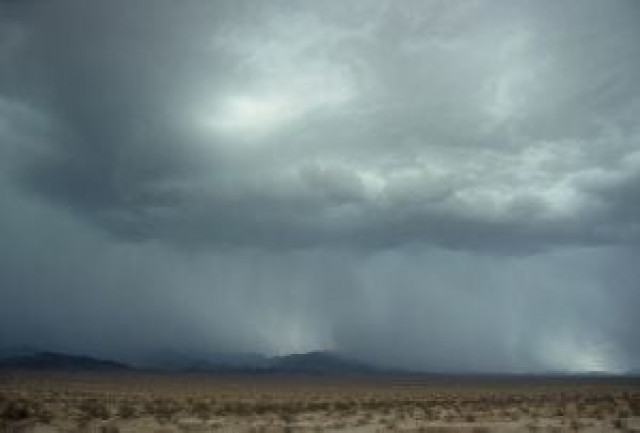Leading meteorologists in Pakistan are warning against the increasing misuse of the term “cloudburst” in media reports and public conversations, stressing that mislabeling every intense rain event can lead to public confusion and panic.
According to experts, a cloudburst is a rare and specific meteorological event, not a synonym for heavy rainfall. It occurs when moisture-laden air is rapidly lifted over mountainous terrain, typically due to orographic effects, resulting in sudden, extremely heavy rainfall over a very localized area.
🔍 Widespread Rains ≠ Cloudburst
While regions like Swat, Buner, Chitral, and other parts of Khyber Pakhtunkhwa have recently experienced severe monsoon downpours, meteorologists confirm these are not cloudbursts.
Mahr Sahibzad Khan, Director General of the Pakistan Meteorological Department (PMD), emphasized:
“A cloudburst is very different from heavy rain. Misuse of the term causes confusion.”
He added that the PMD issued early warnings as far back as June 23, well before the tragic Swat floods of June 27, noting that forecasts are delivered through a multi-layered alert system, including:
- Seasonal outlooks a month in advance
- Updates as monsoon systems cross Central India
- Localized “Nowcasts”—three-hour, short-range alerts
“These warnings are only effective if the public and authorities take them seriously,” he added. He also noted that PMD equipment is recalibrated annually in winter to ensure accuracy.
READ MORE: Tarbela Dam Reaches Maximum Level as National Water Reserves Hit 11.245 MAF
🕰️ Past Cloudburst and Lessons Learned
Chief Meteorologist Dr. Afzaal cited a true cloudburst in Islamabad in 2001, when 600mm of rain fell in just 10 hours—a scale unmatched since. He advised the public to:
“Avoid going outside during extreme weather and plan outdoor activities according to forecasts.”
🙋♀️ Preparedness and Public Awareness
Highlighting a positive example, DG Khan praised Qurat-ul-Ain Wazir, former Additional Deputy Commissioner of Nowshera, for going door-to-door during a past flood to urge evacuations:
“That is the level of seriousness we need in disaster response.”
Asma Jwad Hashmi, Director of the National Agromet Centre, issued a public message:
“Stay weather-aware by checking forecasts regularly. Awareness and timely precautions are your first line of defense.”
🌍 Climate Change Making Monsoons More Unpredictable
Experts also pointed to the role of climate change in intensifying monsoon patterns. Warmer air holds more moisture, leading to stronger, less predictable storms.
They referenced deadly cloudburst incidents in Uttarakhand (India), Ladakh, and parts of Europe, warning that Pakistan must prepare for similar extreme events as the climate continues to evolve.



